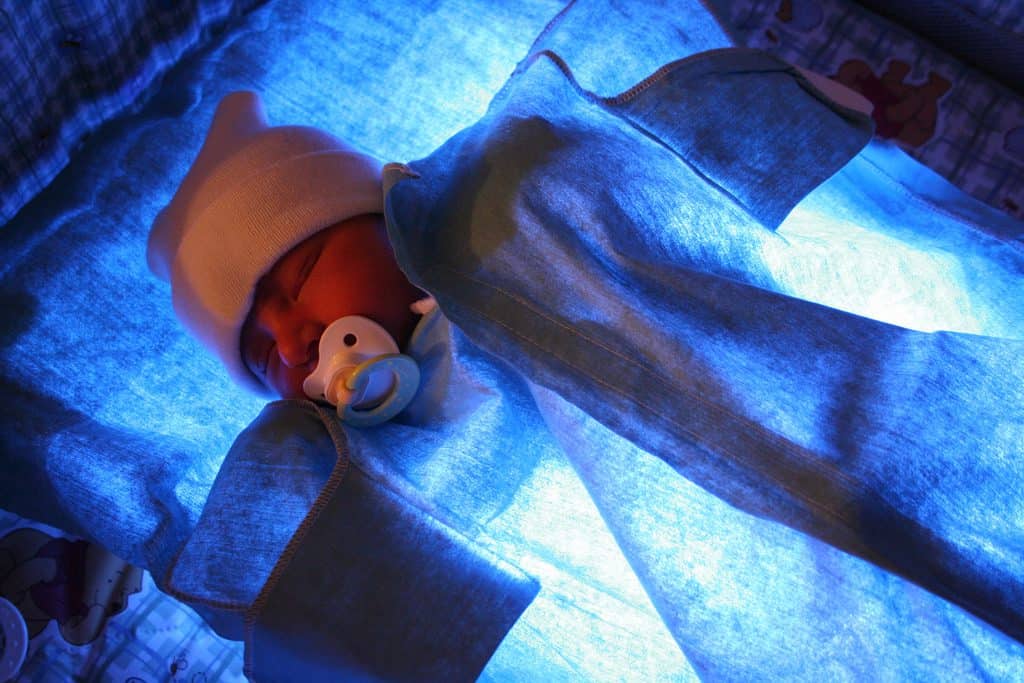Alternative way to treat jaundice allows baby to remain in mother’s arms
When you speak to anyone associated with the St. Paul’s Maternity Department, you will eventually hear the phrase “skin-to-skin.” A chat with Maternity Patient Care Manager Mary Radmanovic is no different.
“Skin-to-skin contact between mother and infant is the beginning of that life-long bond and relationship,” says Mary. “A baby can sense when this close contact is occurring, so we encourage skin-to-skin contact from the very first moments after birth.”
The benefits of this early skin-to-skin bonding period are numerous as babies transition to life outside the womb. They stay warmer. They cry less. They have lower levels of stress hormones. They are likely to breastfeed sooner. They are even exposed to germs on mom’s skin that help build up their natural defense systems.
Something that can interrupt skin-to-skin contact, however, is jaundice, a common condition in newborns that occurs when bilirubin builds up faster than a baby’s liver can break it down.
While a serious and potentially fatal condition in the past, today jaundice in newborns is not a threat and is easily treatable.
The traditional treatment is phototherapy (light therapy) where light waves absorbed by the baby’s skin and blood break down the excessive bilirubin so it can be eliminated in the baby’s stool.
The downside of light therapy, however, is that the baby must be placed in an incubator with its eyes covered by a shield in order to receive the treatment. This means separating mother and baby.
Soon, however, St. Paul’s will have its first “bili blanket,” with built-in lights, so families can hold and feed their babies while receiving phototherapy treatment. The blanket is a flexible wand that is illuminated with blue lights that wraps around the baby’s abdomen or back, providing maximum coverage.
“We want the mother or her partner to be able to hold the baby as much as possible” says Mary, “and now, with the bili blanket, this is possible. It’s an exciting new way to use an existing technology and we’re very keen to begin this new era of treatment at St. Paul’s.”
This skin-to-skin bond is not only beneficial for the baby, but for the mother as well, as it stimulates the hormones for milk production.
“Feeding is an important part of the process,” says Mary. “The bilirubin is eliminated in stool. So the more baby eats, the faster the bilirubin leaves the body. Breastfeeding while receiving treatment speeds this along.”
To support new equipment purchases like the bili blanket, which is entirely funded by donations, please give today.
